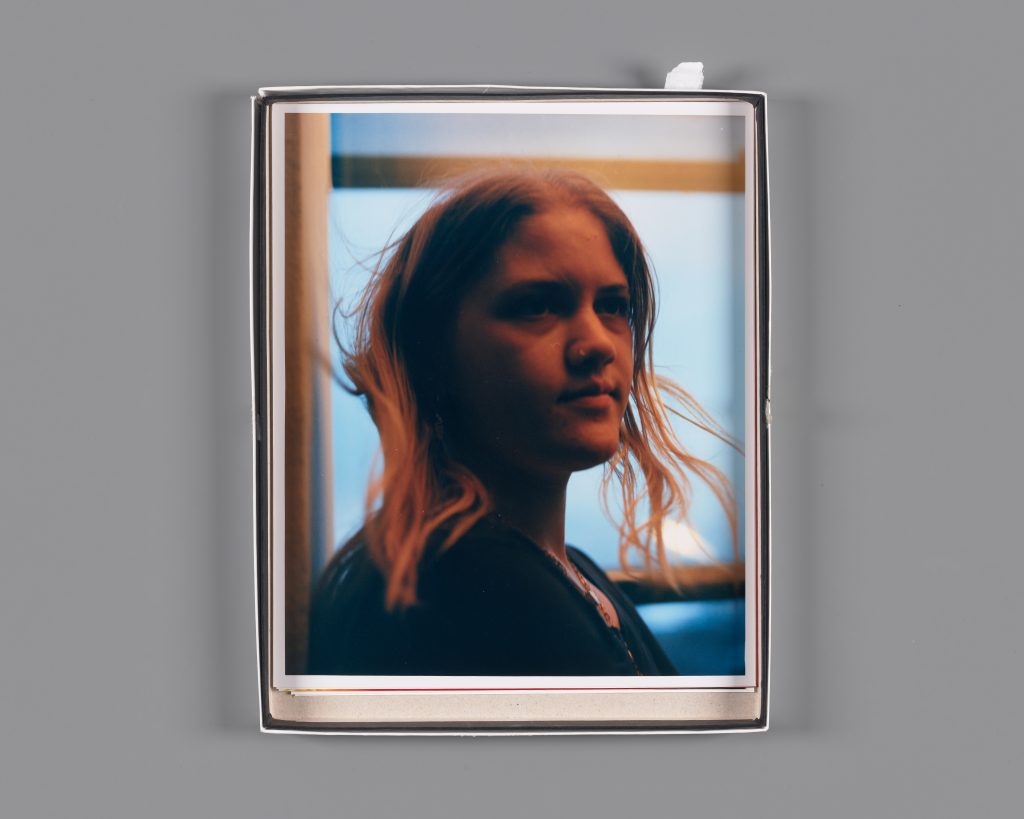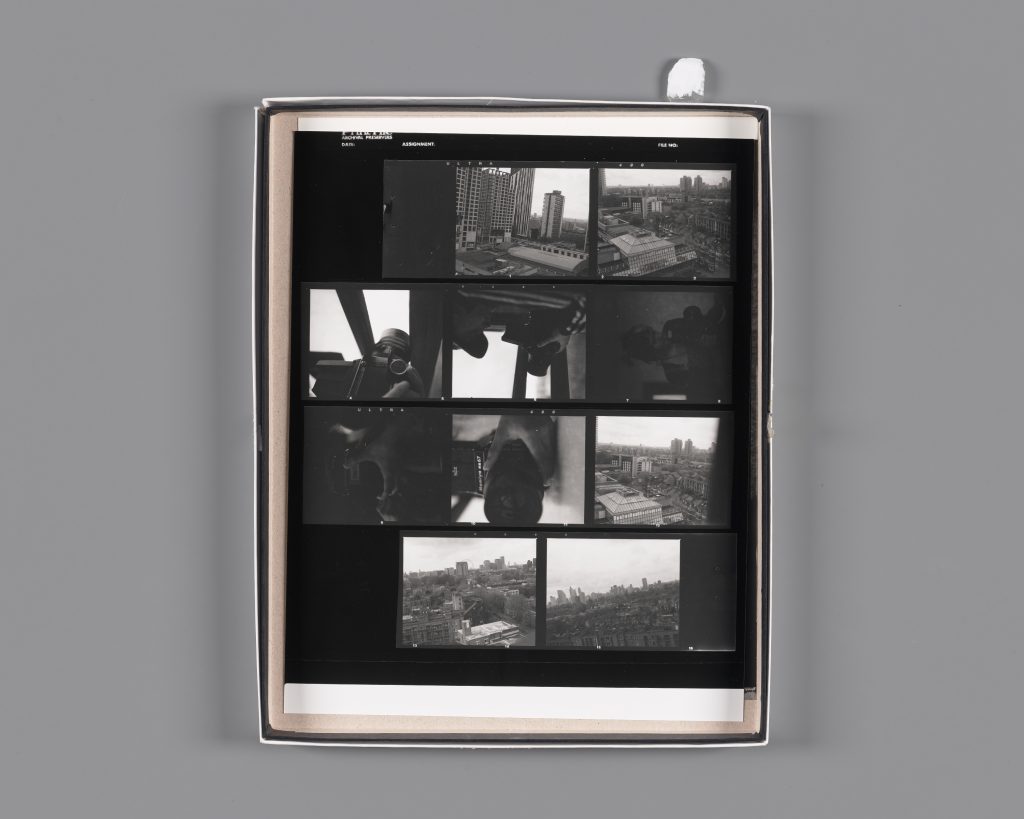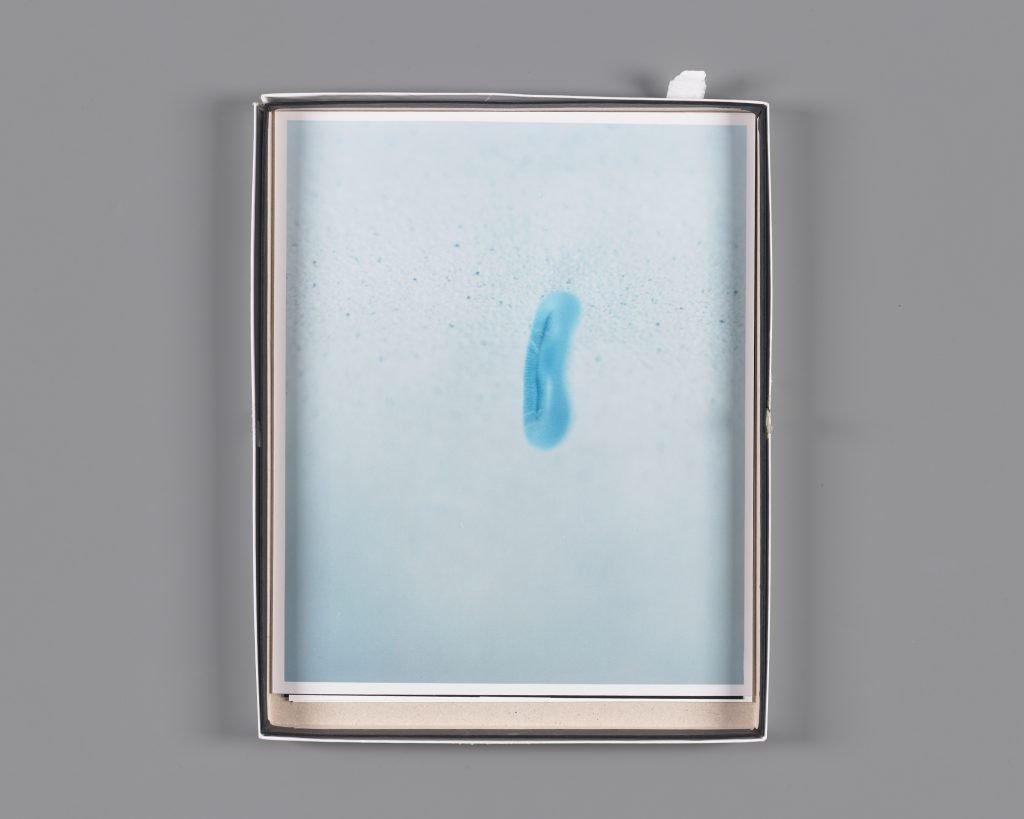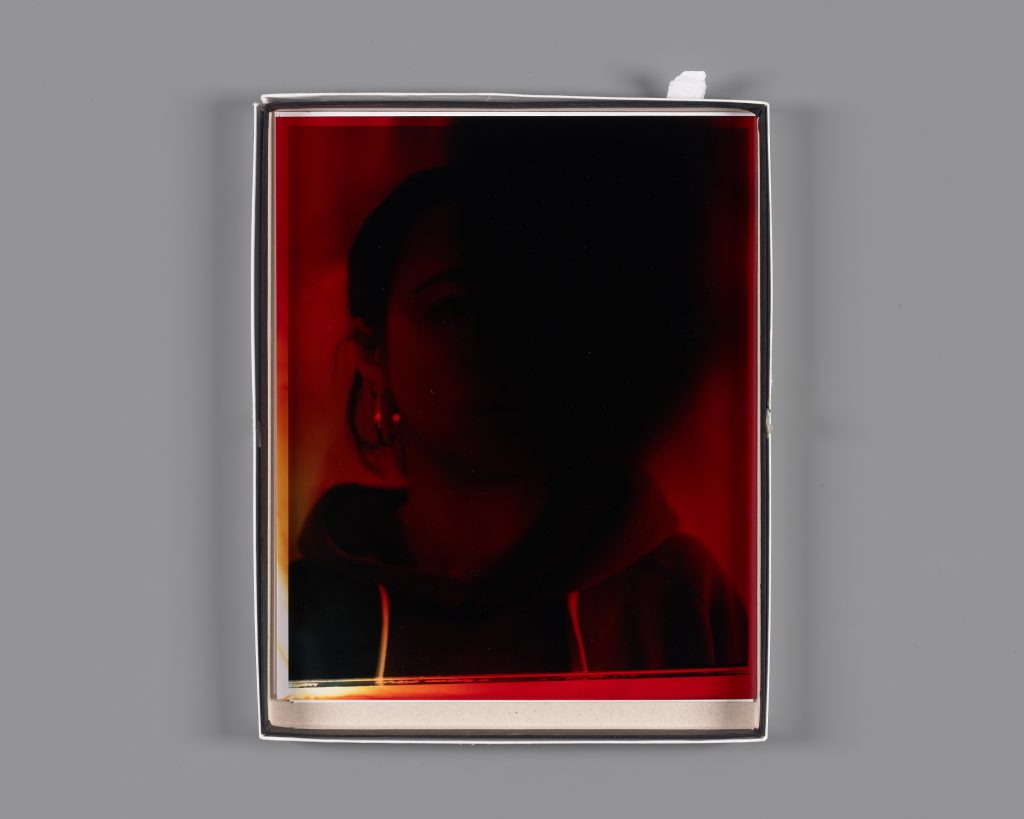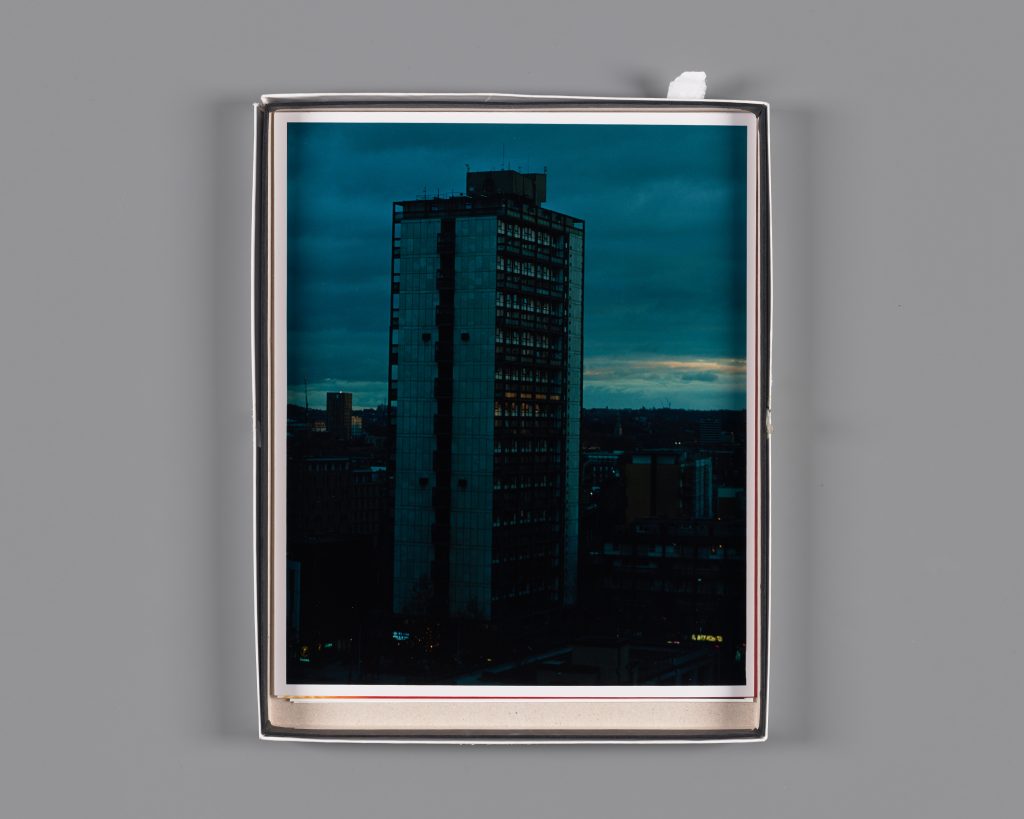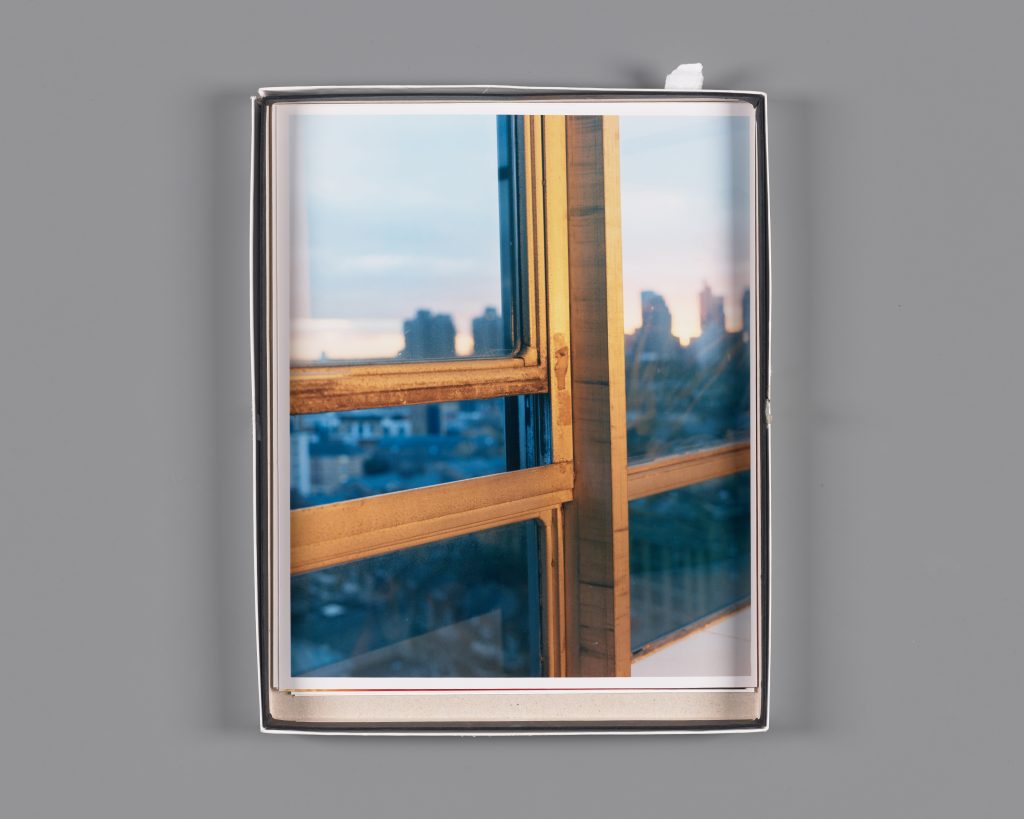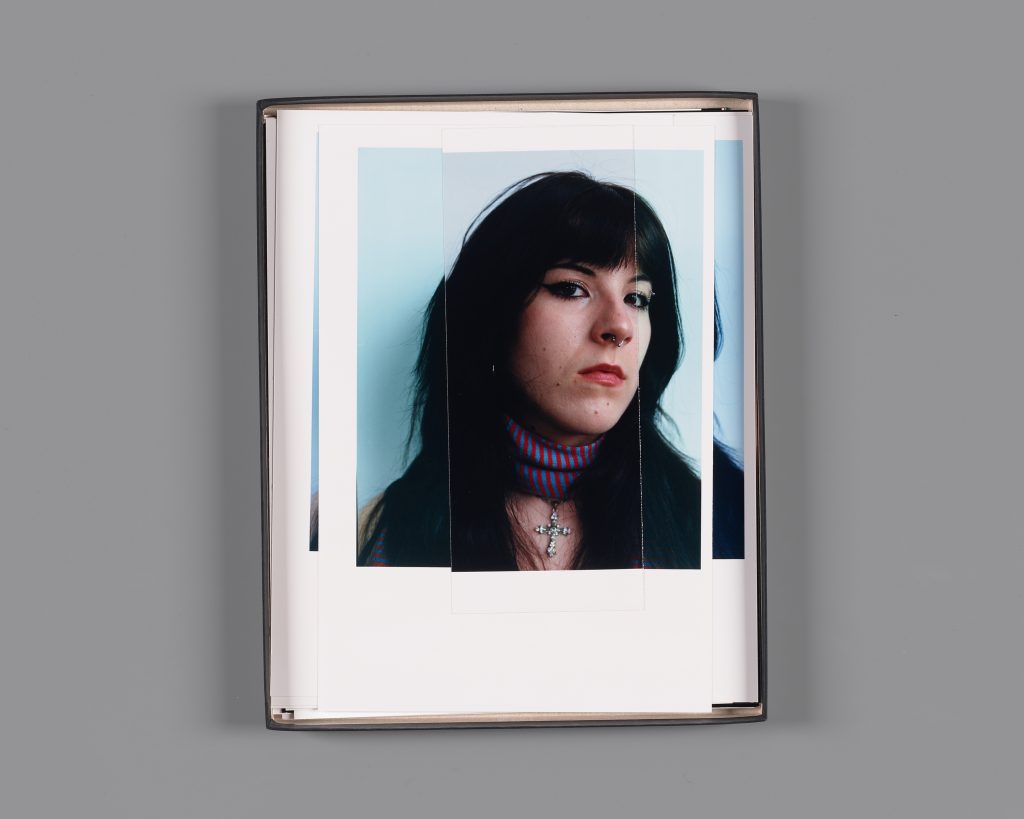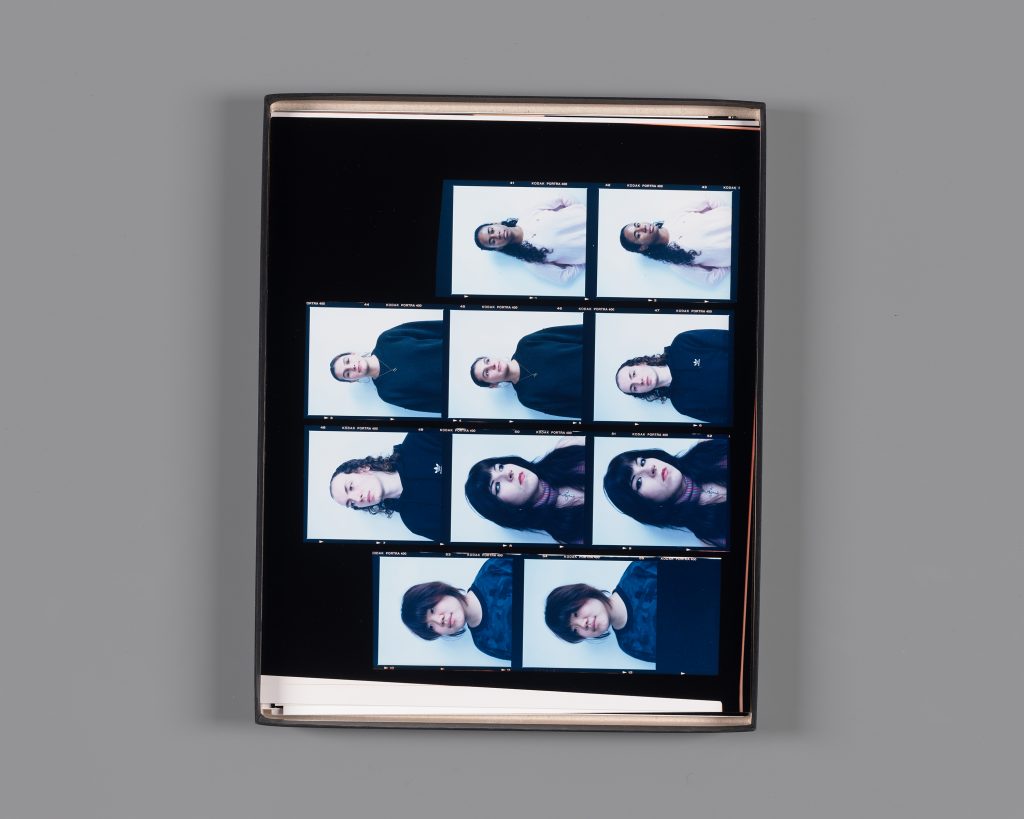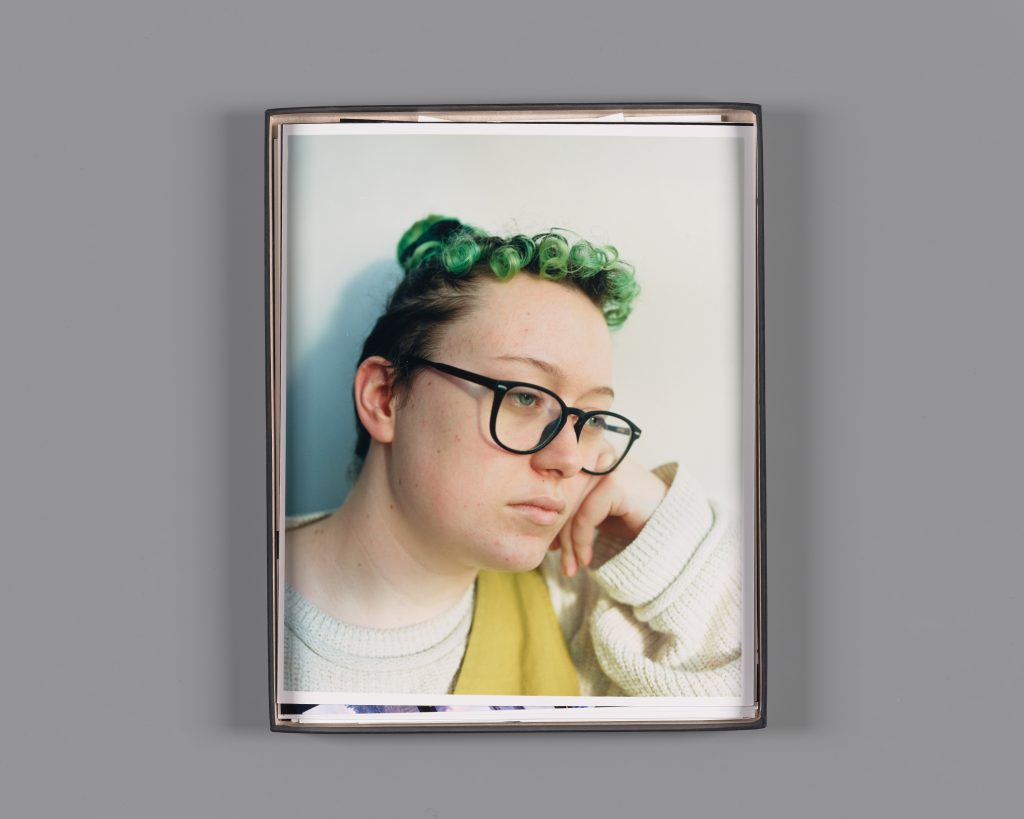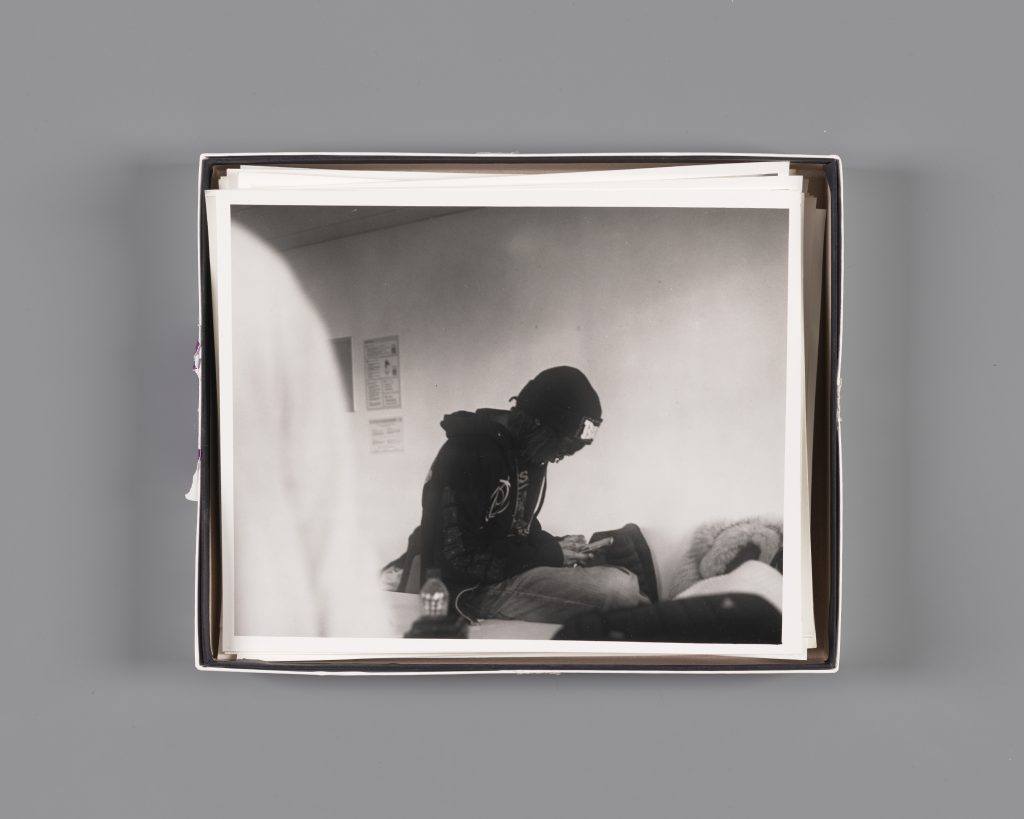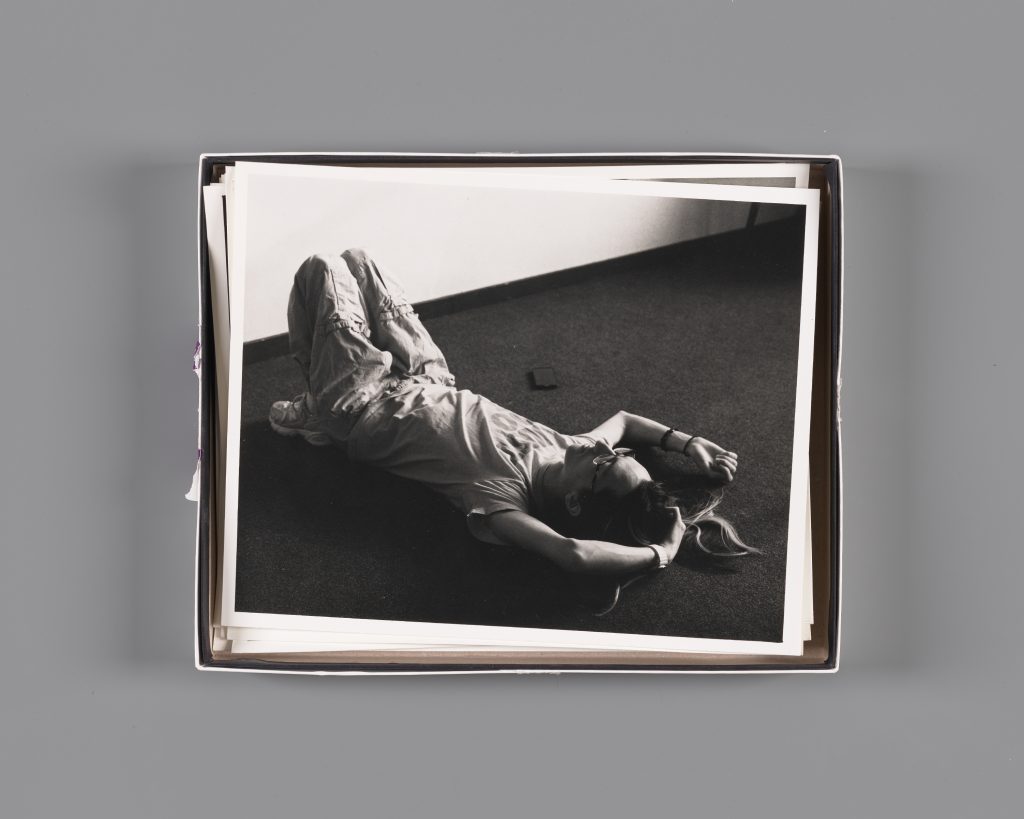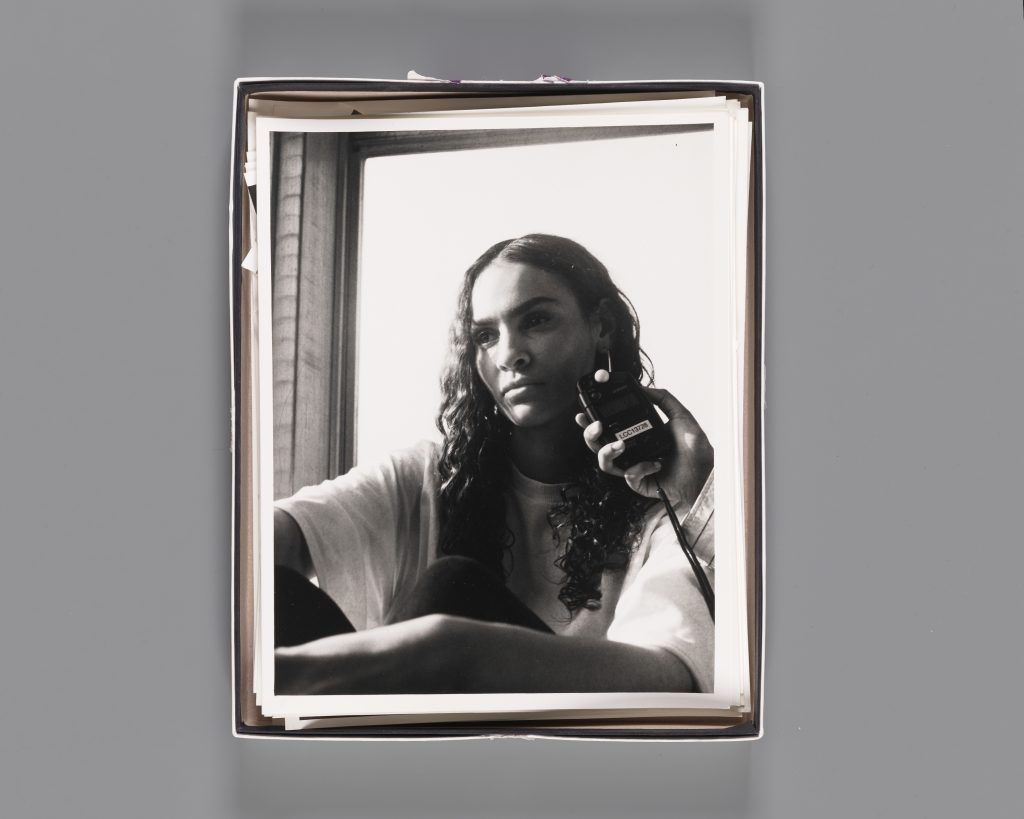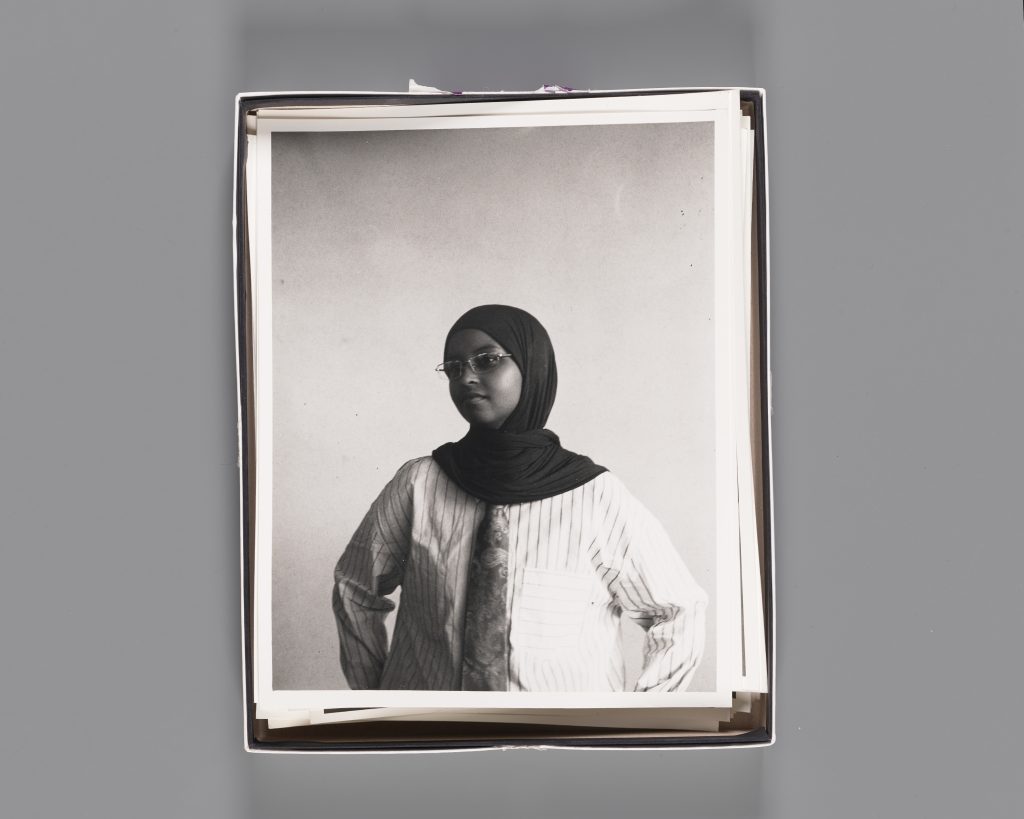The post reflects on the selected reading: “Signature Pedagogies in Art & Design” by Orr & Shreeve (2017). The essay explores how distinct teaching practices in art and design education shape students into creative professionals. It is based on Shulman’s (2005) concept of signature pedagogies, which are characteristic ways of teaching within a discipline.
One of the key themes of the “Signature Pedagogies in Art & Design” is The Role of the Studio. Orr & Shreeve assert that studio is central to learning, mirroring professional creative environments because it facilitates social learning, experimentation, and tutor feedback.
I used this to reflect on my teaching of a workshop using medium and large format cameras.
This is a workshop that both mimics the studio (in this case a classroom) and therefore a professional creative environment. Students are both developing creative skills in th
The class size is roughly 15 students and will break into smaller groups of 3-5 students.
How are students with diverse learning needs considered?
Students can cycle between different roles in the group, choosing the ones that suit them best: photographer, assistant and subject. This allows students with diverse learning needs to self-assert where they are best suited. And while some students will be more comfortable being hands on with the cameras, others will be able to actively listen and still learn effectively.
During this class, I take on the role of a teacher and also a professional photographer. Allowing students to see how I would work on a paid photographic commission. I am photographing the students and allowing them to photograph me. By taking on the same roles as the students I am attempting to deconstruct the hierarchies of the classroom.
The photographs I make during these classes are part of a collaborative project with my students on the last years of the iconic LCC Tower Block. We discussed at the beginning of the class the cultural importance of both LCC and the communities who have been forcibly moved from Elephant & Castle to facilitate the new LCC development. I am including some of the photographs I made during these classes.
Conclusion:
Orr & Shreeve admit that while we can replicate the creative world the challenge of “real-life” vs. academia remains, as universities structure learning differently from industry. Although this is apparent in this class I think the safety net of the classroom is important. Especially when catering to groups of diverse learners. There is a follow-up darkroom session to this class which I will document in another post.
